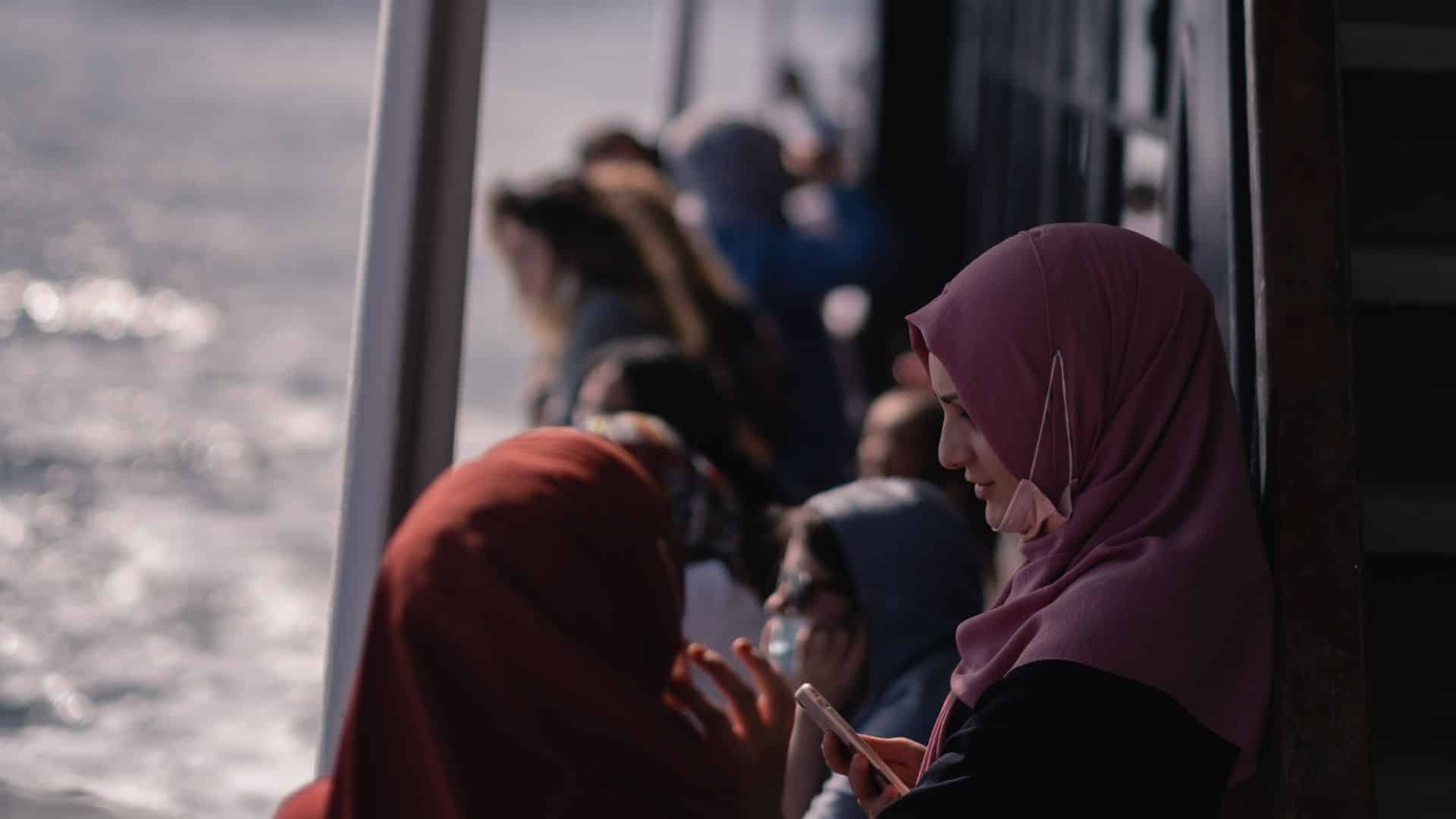The use of tours for education is not something tour guides should take lightly. And while I mention often that we should make an effort to reveal a more diverse history on our tours…we should also take care with the more common history.
While travel has an incredible capacity for opening up people’s perspectives, it isn’t a guarantee. And the person who has the most influence is often the tour guide.
Taking on the responsibility of education through our tours means making any history accessible so that it sticks. Giving fact after fact is great, but if the guests retain zero of those facts after they got home…what was the point?
In this article, I’ll list three simple techniques for making the history of your tours more accessible and memorable.

Share this article
Three techniques to make information stick.
1. Lean into universal themes.
My favorite tour guide guru, Sam H Ham, states in his book ‘Interpretation’ that one of the best ways to increase the “relevance of interpretation” was to incorporate a “universal concept”.
Universal concepts are connections to ideas that tend to be relevant to everyone, and always have. For example; Conflict, Embarrassment, Freedom, Hope, Power, Strength, etc…
If your tour requires you to touch upon seemingly irrelevant historical characters, see if you can get away from dates and instead craft a cohesive tour theme filled with stories of loss, triumph, betrayal, or love.
This will make it easier for your guests to relate to the historical figures you’re discussing.
Related articles:
2. Draw comparisons.
History repeats itself. Often.
By pointing out when it’s repeating, you can help guests make the connection between something that seems far in the past and something that’s a hot topic today.
For example, there are many tours in New York City and Los Angeles talking about immigration history. People enjoy hearing the stories of their ancestors, working hard to make a new life in a new world. But to really make the connection, a guide on one of these tours could point out that new immigrants come into the US every day, with the same big dreams.*
You don’t need to go into it further than that, but planting that small seed of connection can make what seems like an archaic moment in history VERY current.
Bonus points if you can make a modern-day comparison to your guests’ home country and culture. The more relevant to their daily lives, the more likely they are to connect with and remember the content.
*Yes, this brings you into the tricky area of politics. But if you’re worried about talking politics on tour, read this.
3. Replace dates with more relevant numbers.
This trick I learned from the team at Krakow Urban Tours and it’s one of those super simple but super impactful switches.
People don’t remember dates (sorry academic guides!). It’s just not something they retain. And yet, obviously, dates are important to put things into context or perspective.
So the next time you really need to give a date try this trick from my friends in Krakow:
- Replace the date with another historical event; “The Sistine Chapel was finished right around the same time that the Spanish began the conquest of Aztec civilization”
- Connect the date with a personal timeline or a timeline of your guests; “My Grandfather would have been the same age I am right now when he shipped off to WWII.” or “So this would have been around the same time when your parents were most likely teenagers.”


